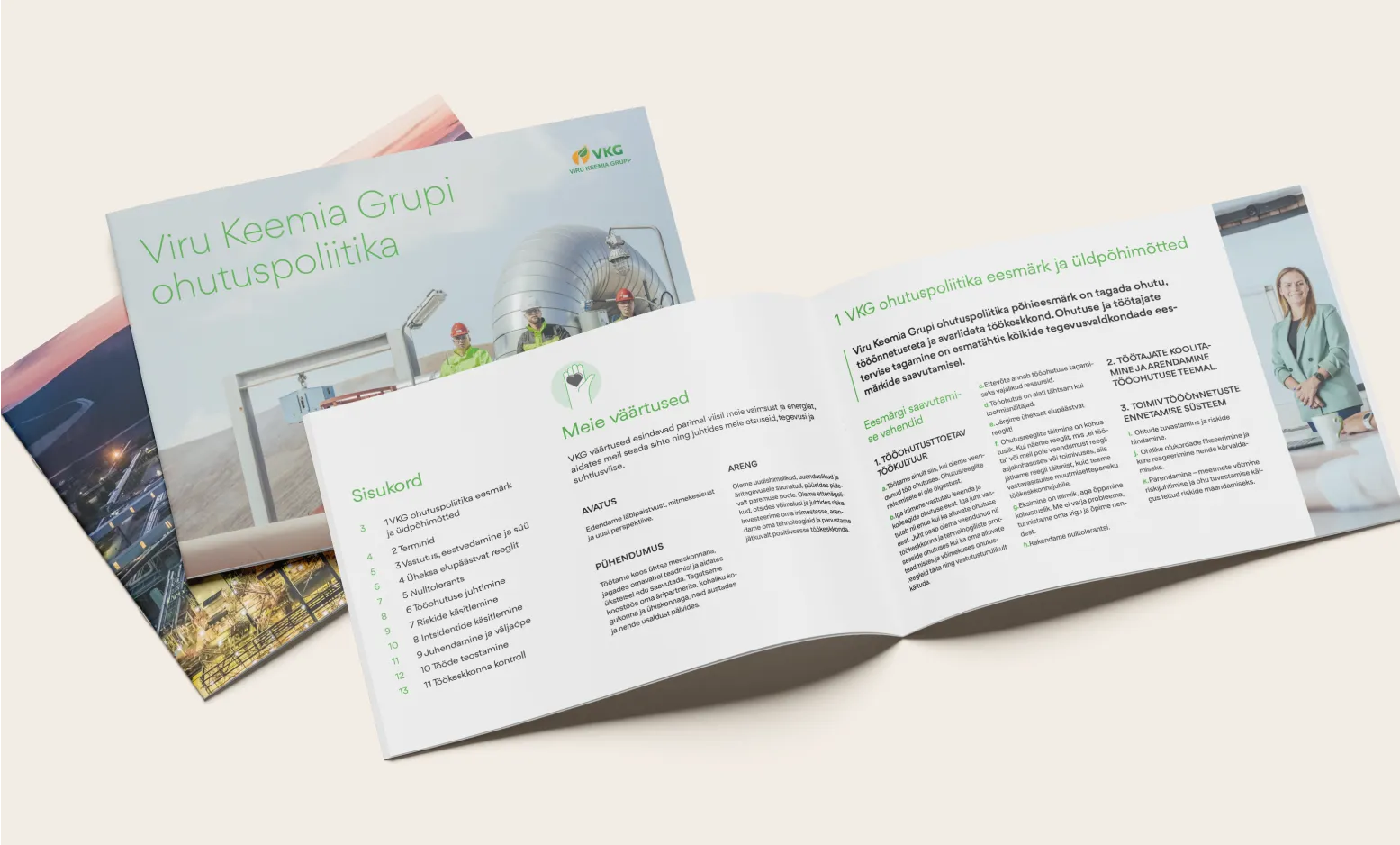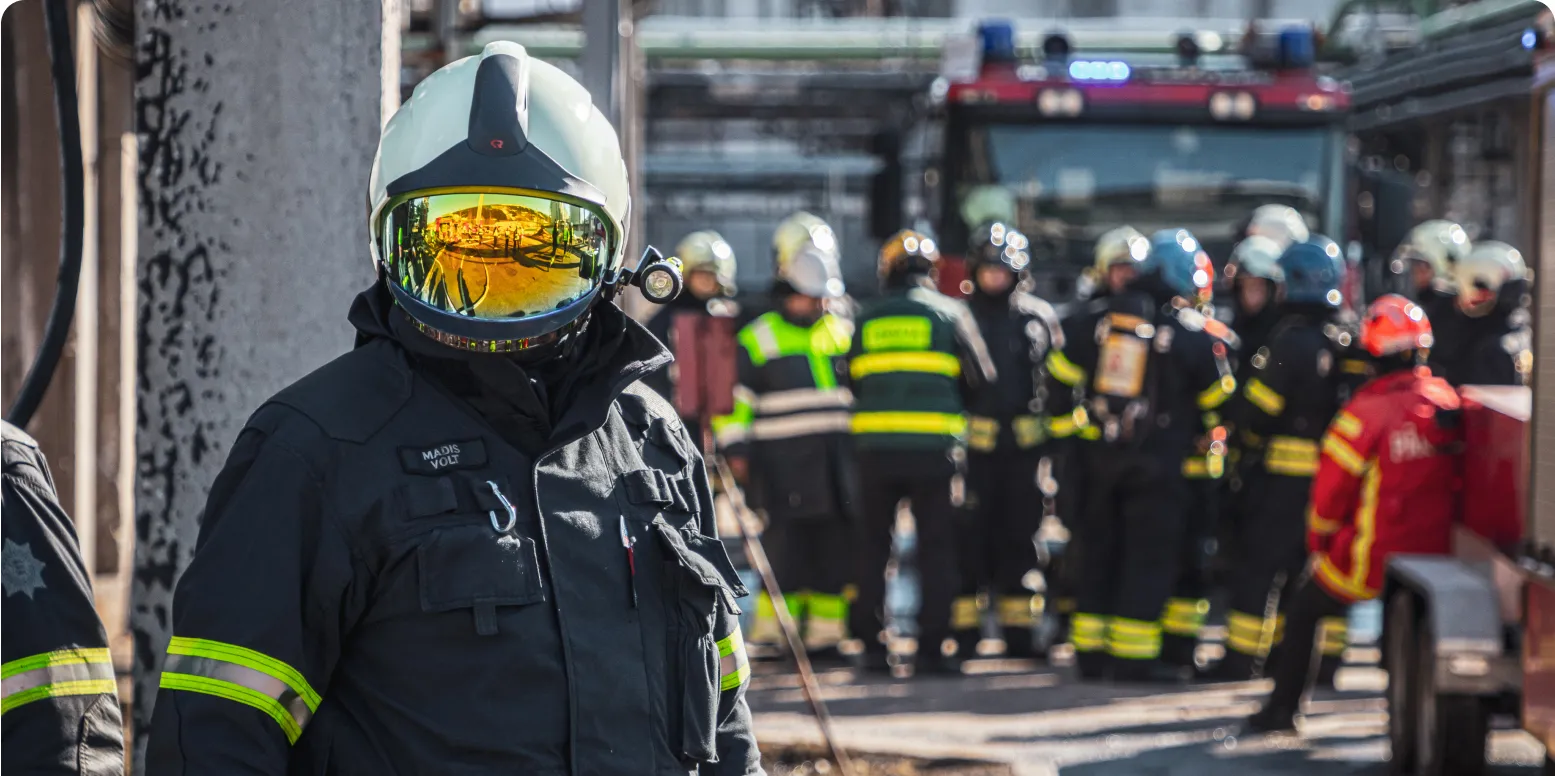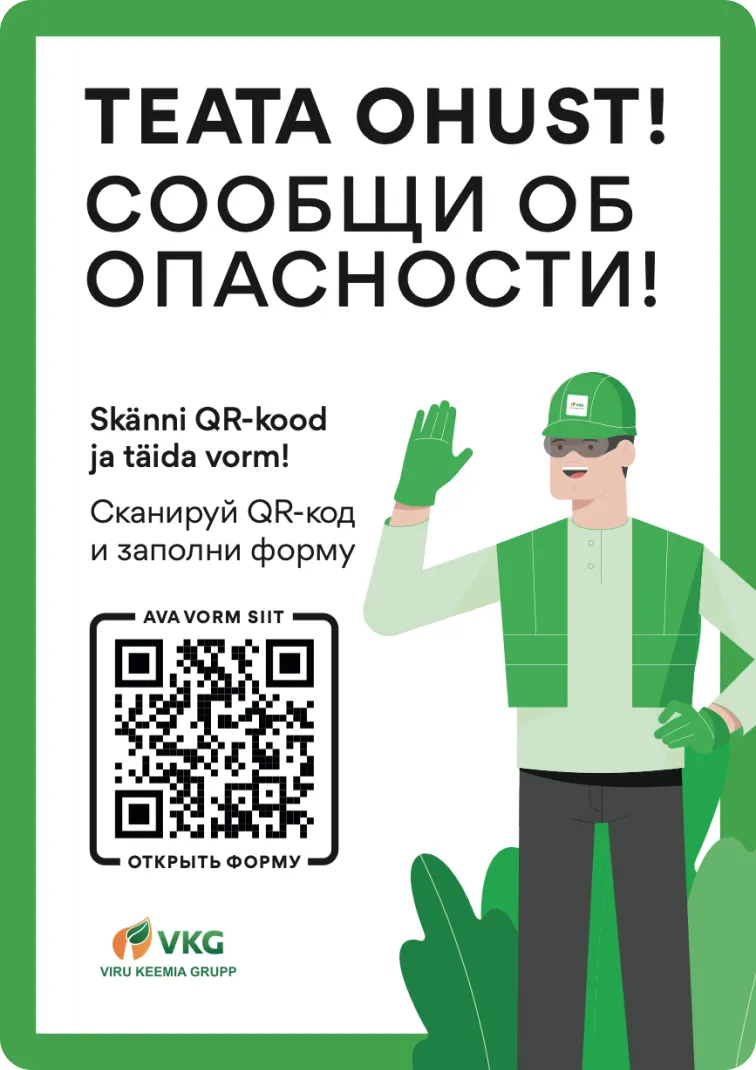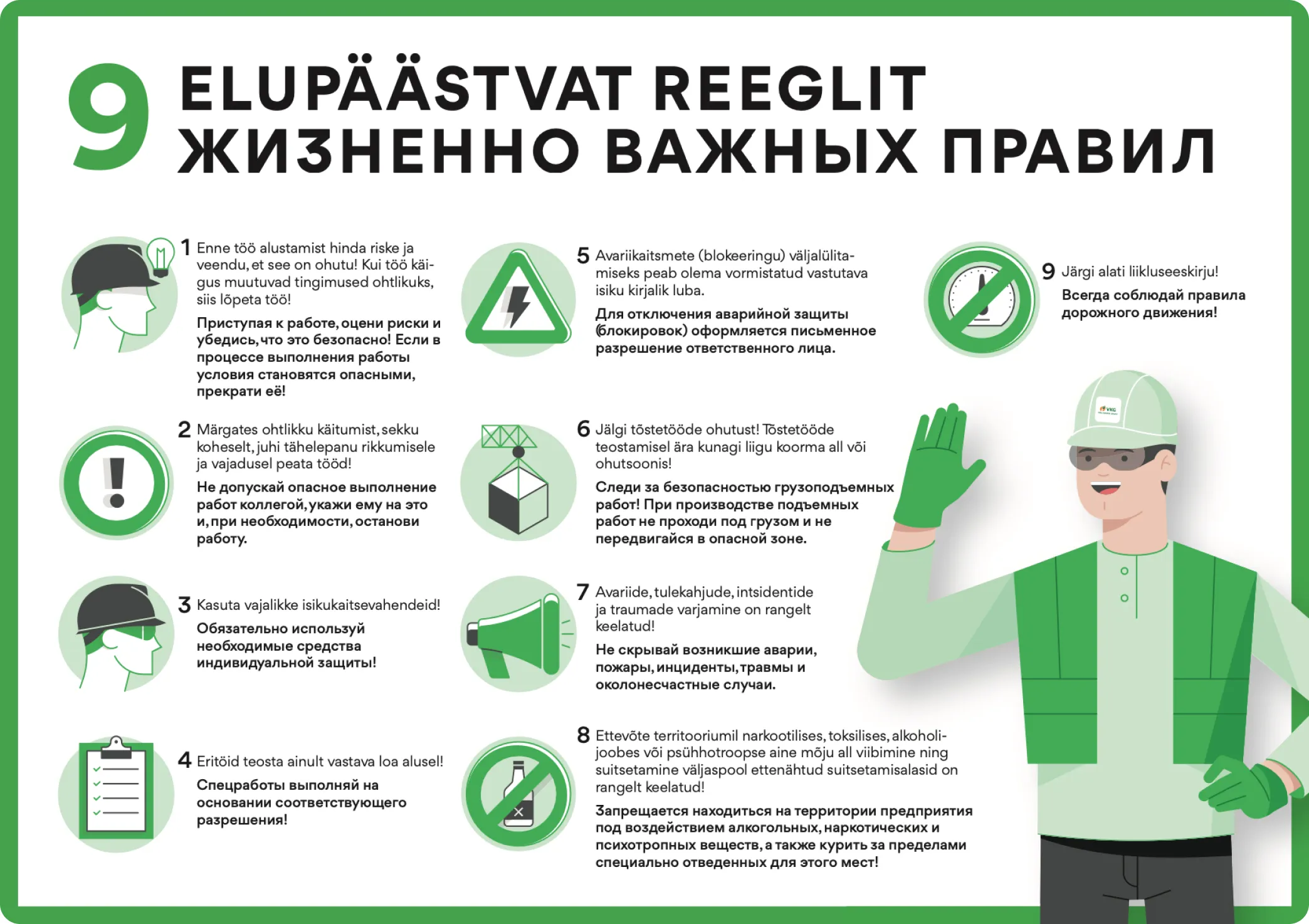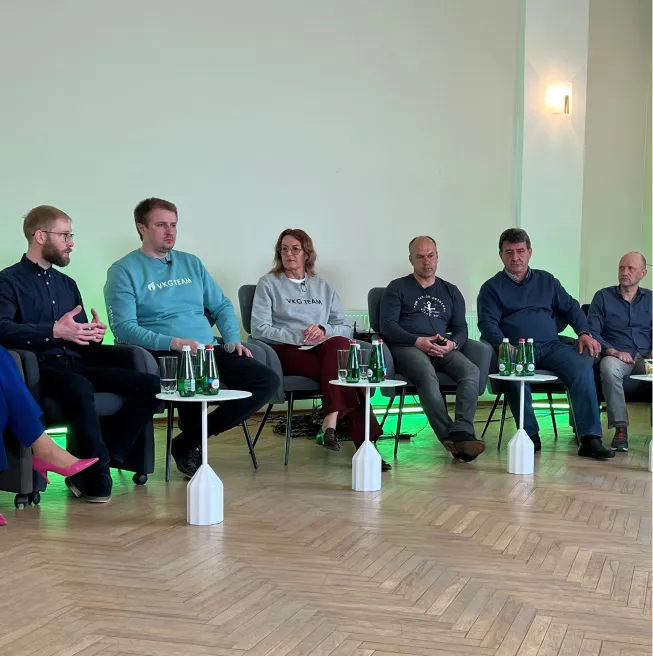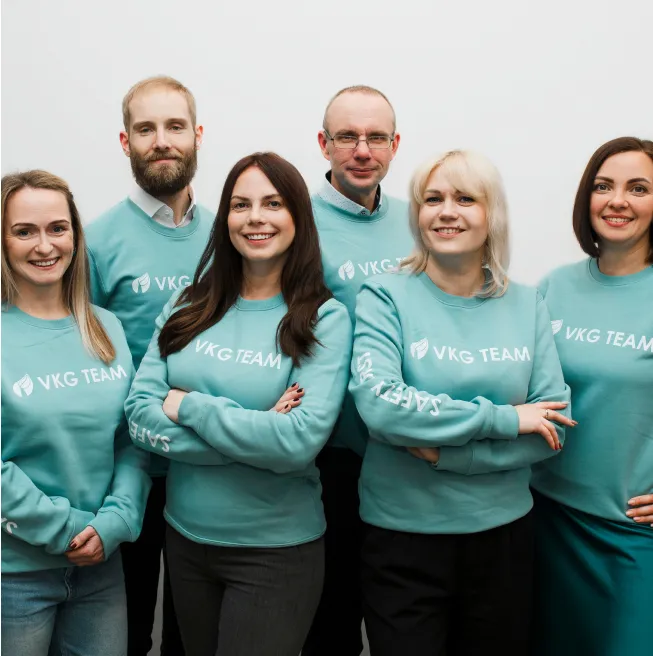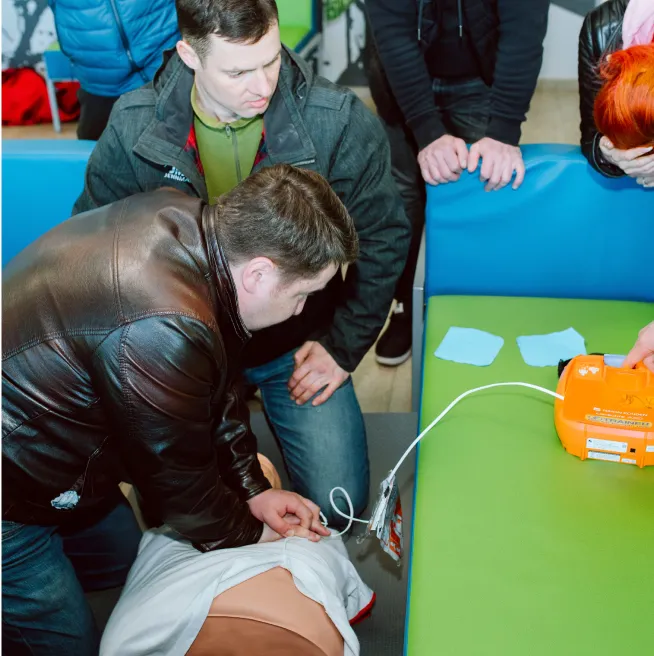Viru Keemia Grupp values the mental health of its employees and is committed to ensuring their wellbeing. As an employer, we offer free of charge and anonymous psychologist services to our employees in order to support them in coping with mental health challenges. These services were launched in the summer of 2020, after the assessment of psychosocial risk factors conducted in 2019.
By now, we can say that on the one hand, it is good that these services are not used on a massive scaler. At the same time, the unstable condition in the world and changes that require fast adaptation leave a mark on our mental condition and seeing a psychologist may therefore prevent possible problems.
In order to keep the topic of mental health in constant focus, we organise regular training and seminars that address maintaining mental health, coping with stress and adapting to changes. In April 2021, we organised a mental health week where specialists from the NGO Peaasjad (Head Matters) talked about maintaining mental health, the difficulties of the coronavirus, and coping with changes. We continued addressing the topics of mental health also in the framework of the safety month of 2022, offering constant support and knowledge to our employees.
Our training programmes and information events take place regularly throughout the year in order to ensure that our employees are always aware of mental health issues. Our aim is to create a working environment where the topics of mental health are open for discussion and every employee knows that they have access to the necessary resources and support.
We believe that supporting mental health is of key importance from the viewpoint of both the personal wellbeing of the employees and the overall success of the organisation. For this purpose, we continue to constantly pay attention to the topics of mental health and make sure the necessary support and training is always available to our employees.
In addition to individual consultation, we also have experience with group consultation. For instance, such a session was held after the tragic incident at VKG Energia and colleagues had the opportunity to talk about it and cope with the difficult period together. The heads of departments or subunits may also contact a psychologist for an assessment of the internal climate of their work collective. In one subunit, a survey of employees was conducted together with a psychologist. The questionnaires were developed and the survey results were processed by a specialist who gave the manager recommendations for future actions.
